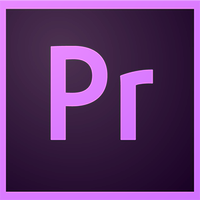Adobe Premiere Elements vs Filmora9
Adobe Premiere Elements vs Filmora9 – two video editing apps take each other on. Which one has the edge?

Welcome to our Adobe Premiere Elements vs Filmora9 comparison guide. When it comes to video editing software, there's a lot of choices out there, which can make deciding on a program difficult. Both Adobe Premiere Elements and Filmora9 are aimed at beginners to intermediate users, so they should be easy to get to grips with for the novice video creator.
With both software making it into our list of the best video editing software, they both have strong points but which one should you choose? To help you decide we take a look at their features, performance, support, pricing, and pricing plans.
Adobe Premiere Elements: a great option for beginners
Are you a video editing beginner? Adobe Premiere Elements is a brilliant choice for you. Simple to use and not too pricey but with a range of excellent features, it is a great place to start.
Adobe Premiere Elements vs Filmora9: Features

In this section, we’ll focus on the key features commonly used for editing, such as the interface, ease of use, colour tools, effects, and audio capabilities.
Interface
The video editing interface in Adobe Premiere Elements has three mode tabs: Quick, Guided, and Expert. Quick mode will basically edit your clips for you, Guided will take you through the steps to create videos and add effects, and Expert is for those who already know how to use a video editor. None of it looks too confusing, and the mode tabs are easy to find and use.
Filmora9’s interface will be familiar to anyone who is used to video editing. However, it may look a bit more complicated to a complete beginner because of the traditional editing interface without AI guides, and the learning curve is steeper than with Elements.
Ease of use
Get the Creative Bloq Newsletter
Daily design news, reviews, how-tos and more, as picked by the editors.
While both programs are user friendly, we feel Elements just has the edge here because of the Quick, Guided, and Expert modes that help you quickly find tools to match your skill level.
Those new to video editing will like using the Guided mode in Elements, which is powered by Adobe’s Sensei AI. These Guided Edits include Basic Edits to get started, as well as Video Adjustments, Audio Adjustments, and Fun Edits, such as creating double exposure videos or an animated sky in a photo. You are guided through the process step by step from beginning to end.
By contrast, Filmora9 is lacking a similar feature, which is a shame. It does offer video guides on how to create a video, but it would have been nice to see a bit more assistance for those just starting out.
Colour tools and effects
Elements’ Auto Smart Tone will correct the lighting in the image, and give you a choice to refine the adjustments manually. There are also lots of film effects, overlays, text tools, and transitions, along with the three-way colour corrector for more advanced adjustments.
Filmora has the edge here, though, with more advanced manual and auto colour adjusting features. It has a vast library of overlays and text tools, as well as more than 200 video effects and around the same number of transitions. It offers advanced colour correction including vignette, white balance, and 3D LUT, as well as an improved and precise Chroma Key.
Audio capabilities
Elements Music Remix tool works with MP3 files, but is adequate rather than advanced. There’s a selection of Audio Effects, and Audio Polish, as well as the ability to make manual adjustments.
However, the capability of Filmora9 to work with a 200-track video and audio timeline is proof that it can handle complex projects and audio adjustments that are beyond the scope of Adobe Premiere Elements.
Adobe Premiere Elements vs Filmora9: Performance
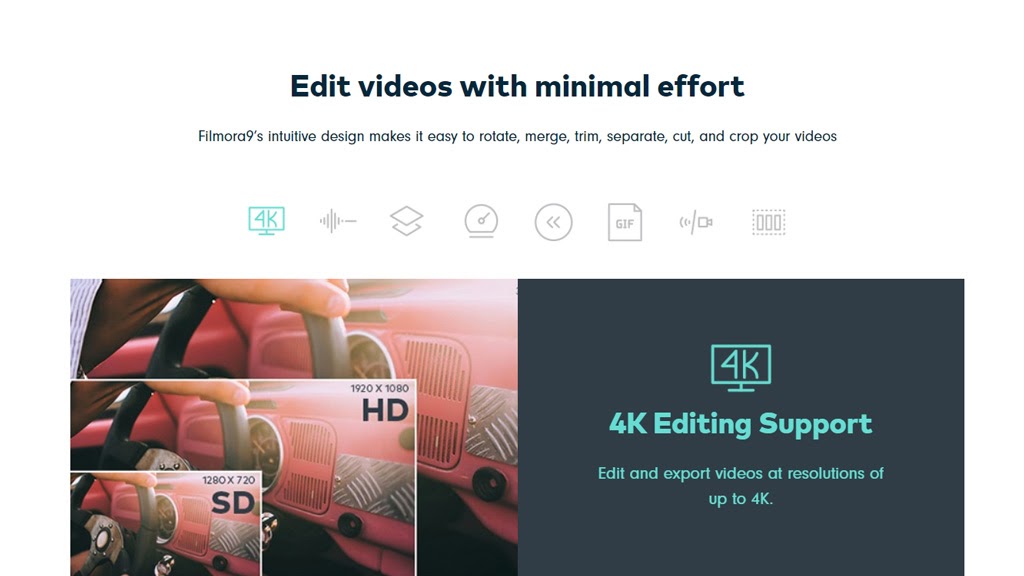
Adobe Premiere Elements is known among video editors as slow, but in 2021 has been given a boost. It now makes more use of the graphics card to speed up the performance, instead of relying solely on the CPU. It’s a real improvement, with GPU acceleration enabling you to watch some effects in real-time with no need to render first.
However, it still isn't as fast as some of the competition, and that includes Filmora9. Wondershare’s editor also supports the creation of smaller proxy media files for handling 4K video footage, which enables you to preview and edit 4K faster. The program is swift and stable with short videos, but can be laggy if you edit longer movies.
Bear in mind, though, that all video and photo editing programs are resource-hungry, and performance and speed may be affected by other factors – like how powerful your computer is in the first place. The minimum system requirements are:
Adobe Premiere Elements:
- Intel 6th Generation or newer processor
- 6.9GB free disk space for installation on Windows, and 8GB on Mac, with both OS requiring an additional 10GB of space for optional content
- 8GB of RAM
Filmora9:
- Intel i3 or AMD processor 2GHz or above (Intel 6th Gen or newer for HD and 4K videos)
- At least 10GB free disk space
- 4GB RAM (8GB for HD and 4K videos)
Adobe Premiere Elements vs Filmora9: Support
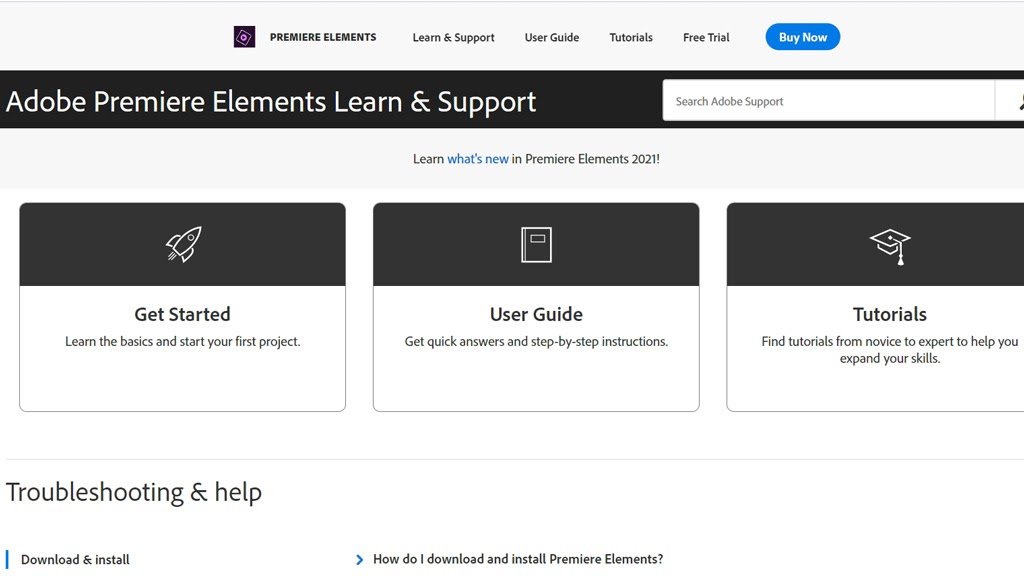
Adobe Premiere Elements offers a Learn and Support page, which has user guides and tutorials. The tutorials cover getting started with your first video, through to more advanced topics like removing video haze, or stabilising shaky videos.
There’s little there for the expert user, but beginner to intermediate editors will find plenty. In addition, you can access the Adobe Support Community, a forum that allows users to post and answer questions related to Premiere Elements.
Adobe’s Live Chat option seems to be the fastest way of getting through, or you can call the support team.
Wondershare offers a Filmora support page with FAQs and troubleshooting, and there are a number of Filmora tutorials for beginners and intermediates in the Filmora 101 page. There is also phone support available, 24 hours a day, five days a week.
Both companies offer live chat and comprehensive customer support for their products, so there is no clear winner in this category.
Adobe Premiere Elements vs Filmora9: Pricing and plans
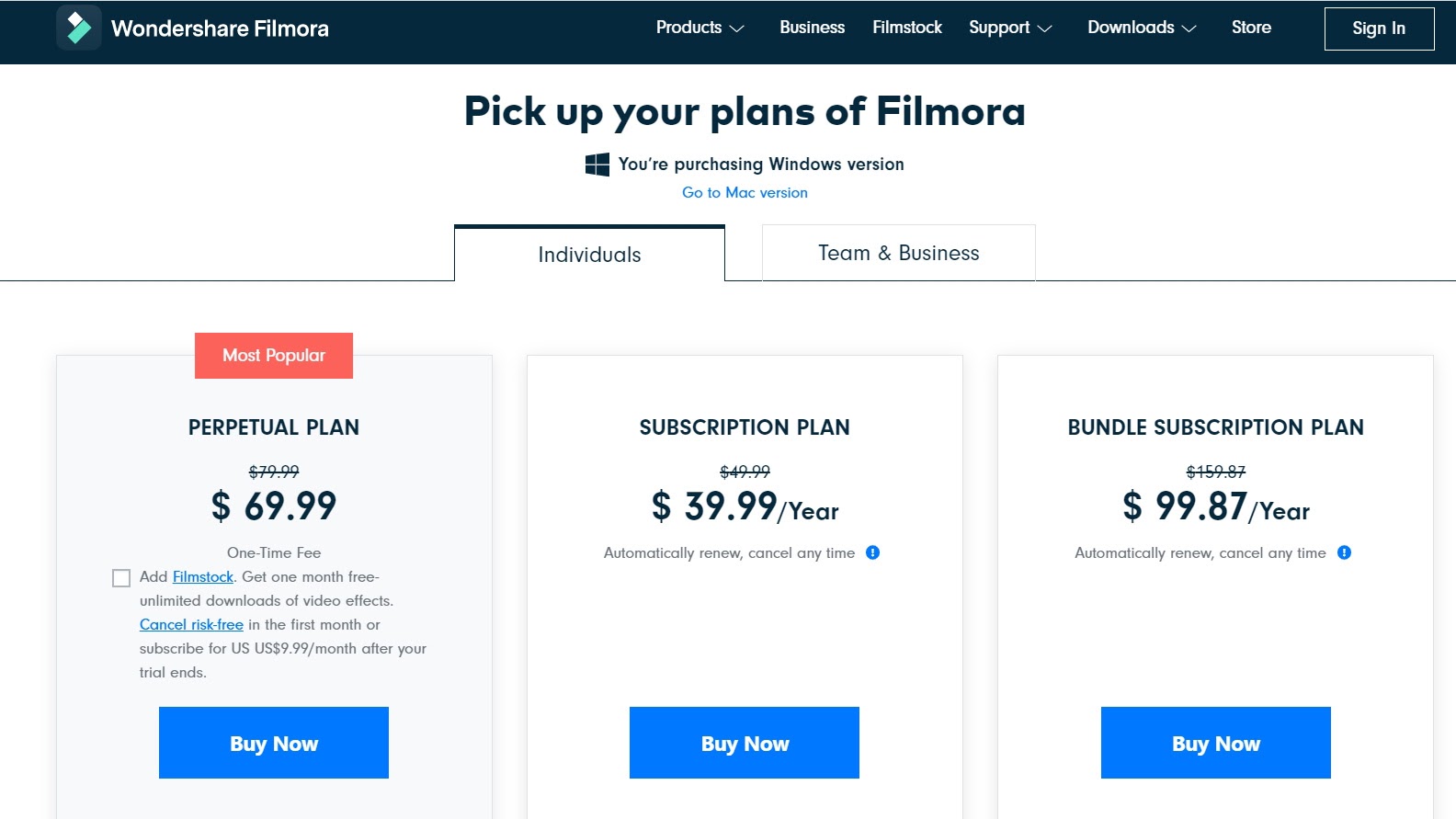
Adobe Premiere Elements comes for a one-off price of £86.56/$99.99. Those who own previous versions of Elements can upgrade for £70.91/$79.99, but will have to consider if it's really worth it for the new features. The free trial version comes for a month, but all output is watermarked.
Filmora9 also offers a free trial version, similarly watermarked. There are a range of payment options available, starting from $7.99 per month (about £5.81) for students. You can get individual or business plans, and the lifetime plan (£65.33/$69.99 one-off payment for Windows and Mac).
One confusing thing is that the prices for Filmora9 differ between Windows and Mac, depending on what plan you choose, while cross-platform prices are the same for Adobe Elements.
However, Filmora9 wins this round due to its lower price and greater value for money.
Verdict
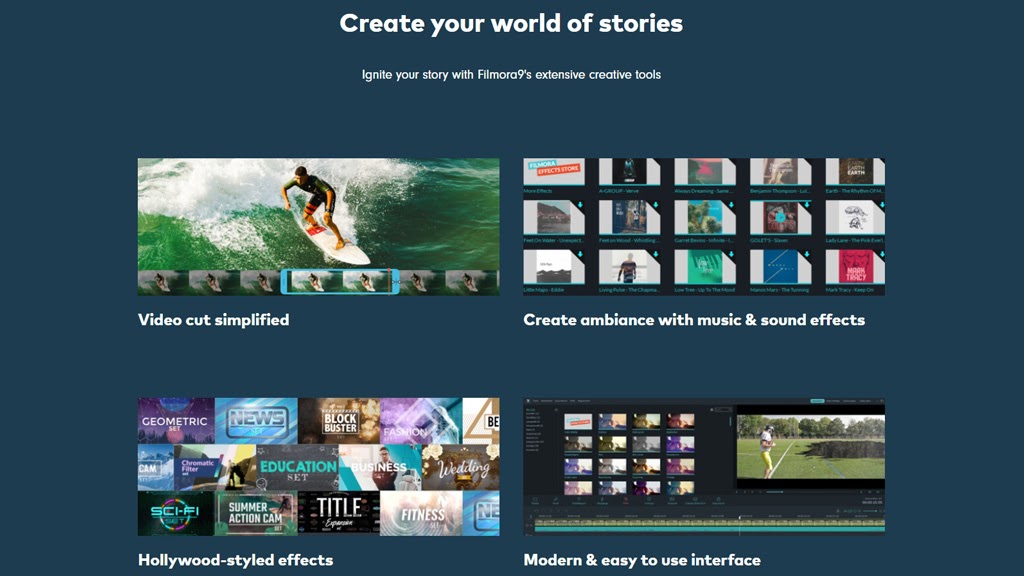
In our opinion, Filmora9 comes out on top overall. It offers more value for money, better performance, and bigger price flexibility. While it doesn’t have the same easy auto-creation tools as Elements, it’s still accessible for beginners while offering lots to those who want to develop intermediate video editing skills.
Although Adobe has updated Elements and fixed the performance issues, there doesn't seem to be quite enough there to justify the higher price. Nonetheless, Elements is great for creating simple yet effective videos, and would suit those who don’t want to learn advanced editing skills.
Read more:
- Best video editing apps: Edit footage on the go with these picks
- Best photo-editing software: Get editing!
- Best AI photo editing software: The latest technology will supercharge your snaps

Thank you for reading 5 articles this month* Join now for unlimited access
Enjoy your first month for just £1 / $1 / €1
*Read 5 free articles per month without a subscription

Join now for unlimited access
Try first month for just £1 / $1 / €1
Dawn is a freelance writer and photographer who writes mostly in the creative and tech space, but who loves to learn and write about many other topics. Her published content can be found on Fotor, SLR Lounge, Medium and TechRadar, to name a few. She lives in northeast England with her family, which includes two very spoilt guinea pigs!
